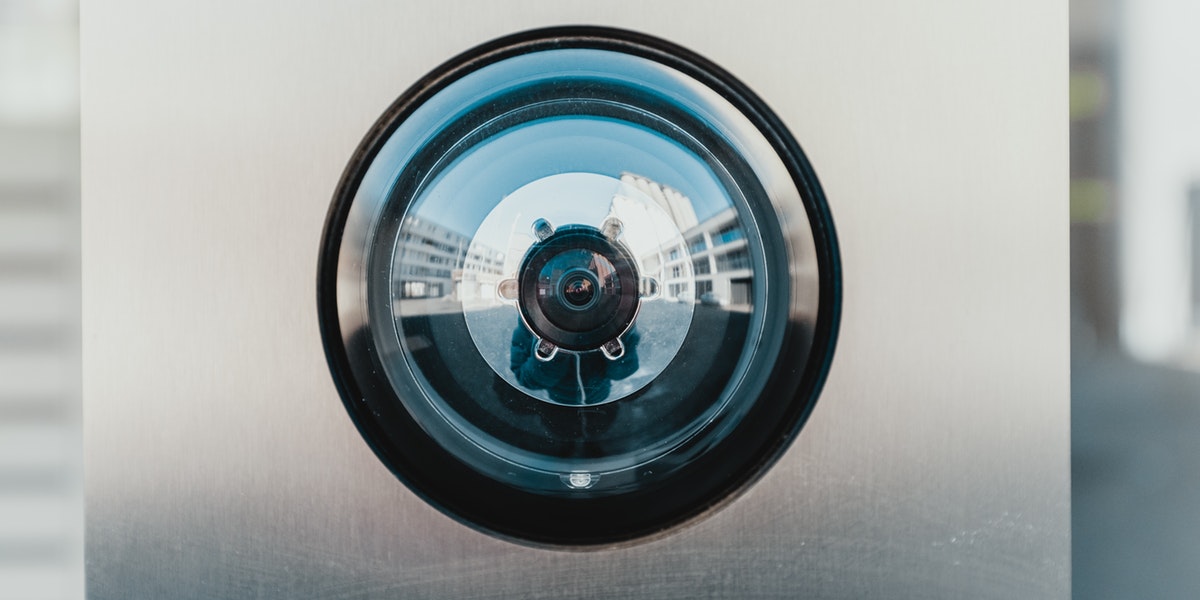For many of us, the internet is not just an intrinsic part of our lives, it’s integral to how we do business. It enables businesses to connect to global markets and complete transactions in minutes.
As we take advantage of the opportunities the internet has to offer, online security becomes a priority. This means being vigilant about keeping sensitive data and information secure from hackers and cybercriminals – just as you’d keep your home or your car safe by locking it.
Statistics from online security software vendor Norton show that 978 million people in 20 countries were affected by cybercrime in 2017. It’s an unfortunate fact that the impact of cybercrime is a reality for all businesses.
However, a system is only as good as the weakest link in the chain. Security needs to be strong on all fronts and it’s important that businesses are committed to protecting themselves and their customers from attacks. As a business, it’s your responsibility to safeguard not only your own information but, more importantly, the sensitive data that your customers and employees have entrusted you with.
Here are some simple, easy-to-implement steps that will help you better protect your information and that of your customers online.
Have strong, unique passwords
Over 80% of breaches occur due to stolen or weak passwords. Always use a strong, unique password for each site you log in to. While this may seem extreme, particularly in an age of multiple logins, different passwords will help prevent a compromise of one login becoming a compromise of many. You can use password manager software to help you use your multiple logins and to generate strong passwords for you. Password manager software securely stores all of your usernames and passwords, on your desktop or in the cloud, so you just need to remember the password for your password manager.
Use two-step authentication
2SA or two-step authentication equates to having that extra deadbolt on the door. 2SA works by having
two layers of security: first you enter your existing password, then another verification code is generated by an app on your smart device.
Update your software
Security threats are changing all the time and new software vulnerabilities are identified every day. Keeping your operating system and applications up to date is your first line of defence. Many attacks exploit a known software vulnerability that could have been patched. Set your system preferences to update automatically and delete applications you don’t use.
Having up-to-date anti-malware (anti-virus software) is another simple but effective way to protect yourself. Anti-malware will scan your attachments and downloads as you use them and alert you to any malicious software detected. Make sure your anti-malware is updated regularly so it’s able to detect new viruses, trojans, ransomware, and the like.
Backup your local data
While computer hardware is pretty reliable these days, failures still happen. Then there are malicious acts such as theft and ransomware, and accidents and disasters that can prevent access to your data. You need to store copies of your backups at a different site from the source systems so a local disaster doesn’t destroy the backups along with the original data. Cloud backup services can address this need and make your data available from anywhere with an internet connection.







